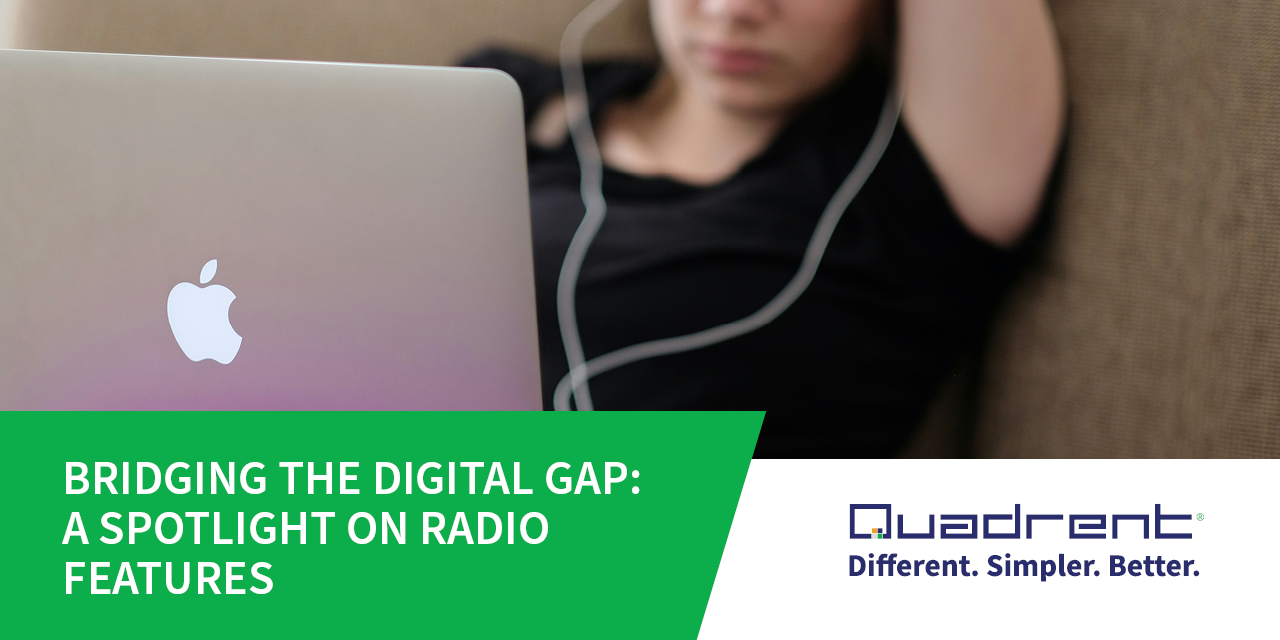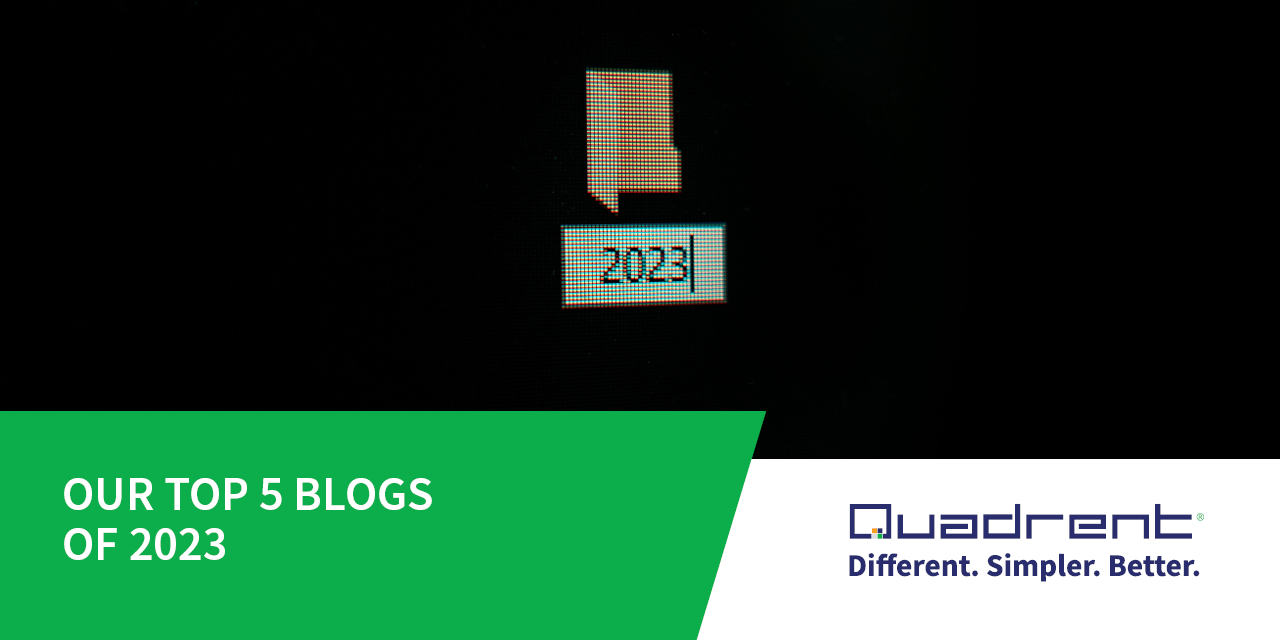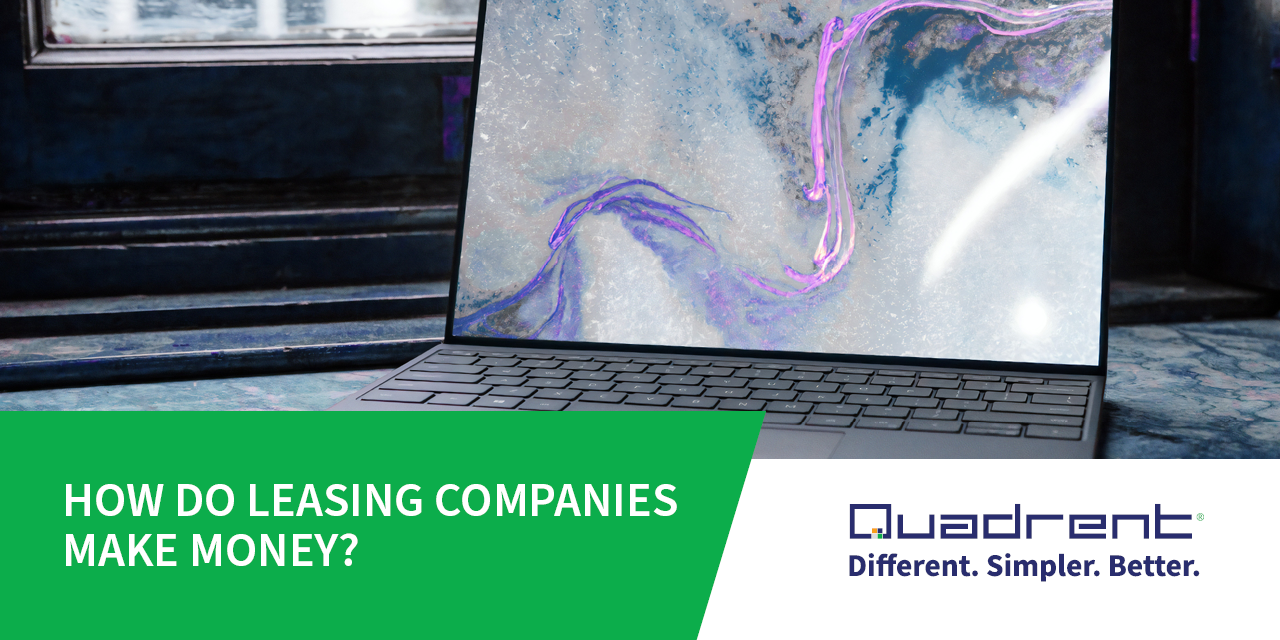Did you know that leasing models can reduce your school’s total cost of ownership?
It is a fine balance between meeting the educational needs of our tamariki and managing your school's finances. Having the right infrastructure in place is critical, as is understanding the true total cost of ownership (TCO) for your school’s technology.
Do you know the true total cost of infrastructure for your school's technology?
Knowing the TCO for your school's existing technology assets is critical to ensuring you are informed and making strong commercial decisions for your school’s tech refresh in the future. Importantly, this knowledge empowers you to ensure your school is allocating its financial resources toward core business priorities.
In this article, we take a look at the importance of calculating the TCO for IT equipment and how accurate advanced TCO planning can give your school the confidence and objectivity to make the right decisions.
What is the total cost of ownership (TCO)?
Understanding the TCO for an asset includes an objective assessment of both the direct costs and (the often-overlooked) indirect costs associated with acquiring and operating technology over the asset's lifetime.
Once the TCO of an asset is calculated, a school business manager can make an objective comparison of purchasing options available and benchmark these options in line with the school’s unique needs and objectives.
Calculating the TCO for IT equipment
Calculating the TCO is easier for some assets than others. It's quite simple, for example, to calculate the TCO for a car. While a new vehicle has an initial purchase price, the TCO will factor in running costs such as servicing, fuel, insurance, and depreciation.
By comparison, calculating the TCO for IT equipment needs to factor in purchase costs, operational costs, and the asset's expected useful life. Accounting experts will know that the operational costs for IT equipment and other factors that need to be evaluated to determine an asset's TCO include:
• removal and disposal of your legacy environment
• installation costs, including internal resourcing costs
• software upgrades
• hosting
• maintenance
• consumables
• training
• repair costs
• downtime
• helpdesk support.
Using TCO calculations to make stronger commercial decisions
TCO is a key consideration for principals and business managers in assessing the best way to finance equipment by either CapEx (cash) or OpEx (Lease or rental).
In many cases, particularly when the preservation of cash is important for schools, leasing your IT equipment can reduce your TCO and deliver better financial outcomes for your school. Consider the following:
• Spreading costs over time: A key benefit of leasing agreements is that payments are spread evenly over the life of the agreement. This allows schools to align the direct and indirect costs of the asset over its useful life instead of a significant capital outlay to purchase the assets outright.
• Reduce technology obsolescence: The useful life of a technology asset is a key variable in calculating your TCO with the majority of unpredictable maintenance and servicing costs incurred in the later stages of an asset’s lifecycle. A lease arrangement reduces these costs as you can upgrade the asset as new technology becomes available, so your school doesn’t have to wait for the equipment to become outdated and expensive to maintain. This shifts your school from a ‘buy once, maintain forever’ model to an ‘acquire, run, refresh’ model.
• Reduce disposal and decommissioning costs: In a leasing arrangement, the ownership life of the assets can be aligned to the lease term. Once this period expires, any costs associated with disposal or decommissioning of the assets are already included in the lease. This means you don't need to factor disposal and decommissioning costs into your TCO.
• The cost of legacy systems and equipment: Further indirect costs can be incurred when a company owns its technology assets outright. In these environments, there can be a tendency to continue using something “because it works” or to "sweat the assets". This can place your school at risk of falling behind due to a reluctance to upgrade to faster, better, and more efficient technology.
To summarise
In most cases, schools today find that leasing technology makes more financial and operational sense. Leasing technology with a specialist IT leasing provider can reduce your school's TCO compared to buying technology assets outright.
If you are interested in learning more about how leasing your school's IT equipment may reduce your TCO, contact us, and we can provide you with an objective assessment and consultation for you to evaluate.
Related Posts
You might also like
In a world increasingly dependent on digital technologies, the digital divide has become a pressing concern. ...
As we reflect on the dynamic landscape of finance and asset management, we'd like to share with you our "Top 5 Blogs of ...
No matter what financial or lending product an organisation chooses, a fee or cost will be involved. Whether it’s for ...




